The outline below highlights the components of the pandemic plan. The plan activation and response and control measures sections are detailed below the outline. The Crisis Management Team (CMT) is the designated authority to coordinate the company response to a pandemic event. The CMT is comprised of senior executives representing the major lines of business.
- Executive summary
- Pandemic threat and surveillance monitoring
- Federal, State and County preparedness and partnership
- Plan activation and response (detailed section below)
- Identification of critical processes, departments and employees
- Minimum staffing levels
- Pay and attendance practices
- Supply chain preparedness
- Pandemic disease prevention methodologies and travel issues
- Control measures (detailed section below)
- Personal protective equipment
- Antiviral usage
- Point of Dispensing Program (POD)
- Staff support and training
- Recovery
- References
- Appendices (Ebola, West Nile Virus, Zika)
Plan Activation and Response
All companies are different and vary from sector to sector. There is no template that fits all situations but in general, a phased system that escalates in concert with the severity and spread of disease will be beneficial in a potential pandemic event. Each pandemic event will be different in nature and cannot be predetermined. Thus, the planning phases and steps below are flexible and should be tailored per each event.
PHASE 0
Monitoring, Preparedness Activities, Steady State
- Monitor the CDC and WHO websites weekly
- Partner with state and local agencies on pandemic issues and continue to participate in training and exercises as a regular course of business
- Incorporate pandemic planning into business continuity planning by encouraging departments to discuss pandemic threats and the steps they may take during pandemic events. Encourage minimal workforce planning.
- Continue Point of Dispensing (POD) program exercises and coordination with MCDPH
PHASE 1
New Virus Emerges – Rapid Global Spread to Include the United States (U.S. is Stable)
- Expand monitoring and reporting of situational awareness
- Provide regular updates to the chairman of the CMT for situational awareness
- CMT chairman updates executive management for situational awareness
- Communications issues information bulletins to all employees via multiple means
- Formal review of the Pandemic plan with chairman of CMT
PHASE 2
Human to Human Spread Confirmed – WHO Declares Global Health Emergency (U.S. is Stable)
In addition to Phase 1 recommendations:
- Consider CMT meeting to determine potential impacts to company, based on the specifics of current virus/disease and magnitude of spread. Set timeline for scheduled updates
- Identify courses of action to prepare for widespread outbreak in the U.S. and/or Arizona
PHASE 3
Rapid Global Spread Continues – WHO Declares Global Pandemic (Increased Spread in U.S./Arizona)
In addition to Phase 2 recommendations:
- Notify the chairman of the CMT for situational awareness
- Chairman of the CMT convenes a meeting of the CMT to initiate company response per Pandemic plan
- CMT determines whether or not to activate the Emergency Operations Center (EOC)
- Chairman of the CMT notifies and updates executive management
- CMT members review any pandemic policies/procedures specific to their lines of business
- Communications, in coordination with the CMT, generates and implements a pandemic communication plan based on the current situation
- Review the list of critical processes and the departments that own them.
- Review a list of minimum workforce numbers.
- Contacts ADHS and MCDPH to understand if there are, or will be, designated medications that are effective in combatting the current virus.
- CONSIDERATIONS:
-
- Activate department business continuity plans as appropriate
- Activate an informational hotline for employees
- Contact Warehousing to increase PPE supplies (respirators, nitrile gloves and hand sanitizer)
- Dispense Personal Protective Equipment (PPE) to deter spread of the illness
- Outreach to critical contractors, vendors, financial institutions and suppliers reinforcing the need to continue services to company
- Health Services reports daily sick leave/absentee numbers to the CMT
- Implement travel restrictions
- Restrict face to face meetings and encourage alternate methods such as Skype, etc.
- Short term curtailment of non-essential services. Identify services to curtail
- Determine if any government quarantines will be implemented in any of the company service areas
- Emphasize to employees the need to stay home and not report to work if sick
- Communicate Employee Assistance Program (EAP) resources available to employees
- If appropriate, put POD volunteers on standby
-
PHASE 4
Global Pandemic Affecting Arizona and Company (Flu impacting up to 40% of staff)
In addition to Phase 3 recommendations:
- EOC is opened and staffed daily, operational rhythm set
- Curtailment of all non-critical company services
- Closure of all facilities to non-critical vendors, visitors, deliveries, and meetings
- Where possible, monitor individuals for symptoms prior to entering company facilities
- Under guidance of CMT, implement the minimal staffing protocols as per BIA data
- Consider remote work/telecommuting for all employees that are able to do so
- Discuss pandemic policy decisions concerning time off, implement accordingly
- Health Services reports daily sick leave/absentee numbers to the CMT
- Continue regular coordination with ADHS and MCDPH
- Develop short-term and long-term strategies for dealing with the incident
- Regular status updates to employees and customers. If appropriate, activate POD sites
PHASE 5
Flu impacting 40% or more of staff and/or Critical supplies or systems being impacted
In addition to Phase 4 recommendations:
- Address critical supplies and systems (supply chain) needed for continued operation, e.g., food, water, sewer, etc.
- Implement the additional company contingency plans as appropriate
- Work with the State and County governmental agencies to assist with infrastructure needs
RECOVERY
- Review business impact of the event on company operations and services
- Restock supplies
- Conduct facility decontamination, if recommended by health professionals
- Review policies and procedures and revise as needed
- Review staffing levels
- Consider the use of the Employee Assistance Program (EAP) for staff meetings and counseling
- Prepare for a possible second wave
Control Measures
During a declared event, company will take steps to keep our facilities as free as possible from viruses or disease. Among the steps that may be implemented:
- Employees, contractors, vendors, and visitors that are sick should not enter a company facility.
- Employees who become ill should notify company Health Services and their supervisor immediately.
- Department leaders should refer sick (or suspected sick) employees to Health Services.
- Curtail face to face meetings, if possible. Encourage Skype or phone conference meetings.
- Practice social distancing. Staff should stay 6 feet away from other employees, avoid shaking hands, etc.
- Staff should ride in separate vehicles when possible.
- Curtail or eliminate vanpools and the use of public transportation.
- Cancel non-essential gatherings such as fundraisers and other social activities.
- Communicate CDC guidelines for preventing and controlling the illness throughout the company.
- Consider closing cafeterias during high incidence periods.
- Facilities Services to consider an increase of infection control cleaning procedures for all personal surfaces. This could include cubicle work surfaces, computer keyboards, telephones, elevator buttons, hand rails, door handles, light switches, etc.
- During instances of large numbers of infections occurring within a particular geographical work area, the appropriate manager, occupational health professional or Health Services representative may recommend closing the area.
- Employees who have contact with the public will be provided with and advised to use recommended personal protective equipment (PPE).

